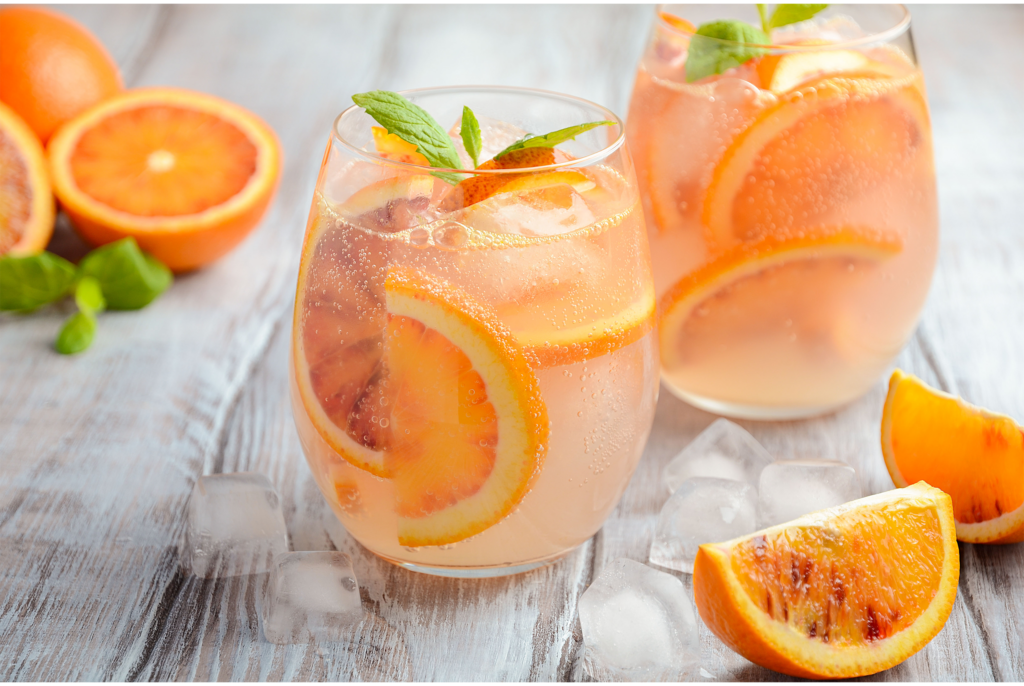Beverage Technologies and Innovations: How to Meet Demand for Better-For-You Claims and Exciting Flavor Combinations
Marketing manager, Jen Lyons, weighs in on the latest beverage formulation technologies and innovations with a focus on the growing low/no alcohol beverage category.
As published in the February 2023 digital issue of Perfumer & Flavorist
What are consumers currently looking for in beverage products?
Consumers are increasingly seeking better-for-you beverages with simple ingredients and authentic, bold flavors. As a result, we’re seeing continued growth in low/no alcohol beverages. Younger generations, especially millennials, want to be more in control of what they’re consuming and are drawn to better-for-you claims and added product benefits. As they place more value on authenticity, transparency and product functionality, we expect to see a rise in gluten-free, vegan and reduced/low-sugar claims. Demand for bold flavors will also continue. Consumers want flavors that exemplify natural, refined, functional connotations and bold and unique combinations that incite a “have to try” mindset and instill a lasting impression. This will result in more fusion options, where we’ll see exotic fruit flavors combined with functional herbs and spices and we may even start seeing more vegetal combinations.
What factors are driving these demands and how are they informing formulation?
Food and beverage choices are becoming a reflection of consumers’ lifestyles. Consumers are paying more attention to labels and seeking simpler ingredients to align their consumption with their overall health and wellness goals. At the same time, consumers still want to indulge and are looking to beverages for an escape. They want enticing flavors that convey a feeling, whether invigoration, relaxation or pleasure.
From your perspective, what are some of the emerging trends in the beverage market? How can flavorists best capitalize on these opportunities?
The “Dry January” concept is no longer limited to New Year’s resolutions. Today’s consumers are interested in low/no alcohol consumption year-round. This presents a significant growth opportunity for the low/no alcohol market. Flavorists can capitalize by enticing consumers with better-for-you claims and offering new and exciting flavor combinations. Sustainability messaging will also be important as more consumers look to purchase products that positively impact the environment.
